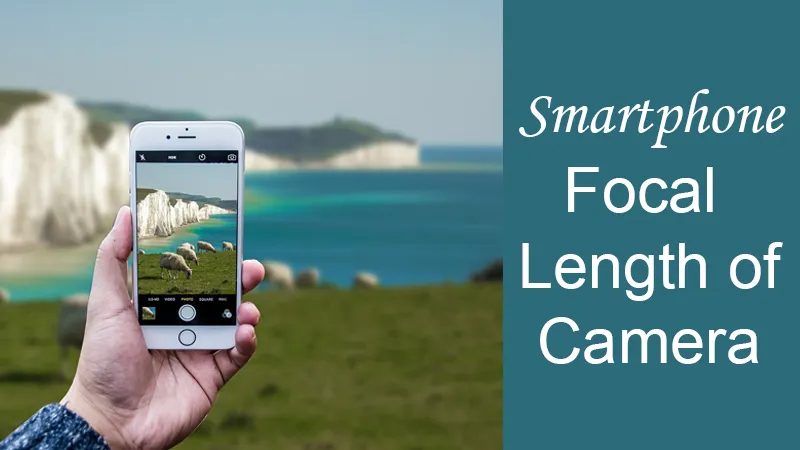A focal length is a number that plays a vital role in photography and photogrammetry.
A strict technical definition of focal length is difficult to understand. So, we will use a simplification. The focal length is how far the image is from where the light rays meet in the lens. A focal length of 20mm means the distance from the optical center to the imaging plane is 20mm long. This measure indicates a length of approximately ¾ of an inch.
What does the focal length number mean?
The focal length number tells us how many of these scenes are captured by the picture. The lower the number, the vast, the view, and the more we can see. The higher the number, the more limited the view, and the less we can see.
Why is focal length significant in a camera?
Shorter Focal Length (measured in mm):
- Gives you a wider angle of view.
- It’s like seeing a broader picture.
Longer Focal Length:
- Results in a narrower view and greater magnification.
- It’s like zooming in; things look bigger and closer, but you see less of the overall scene.
A mobile phone’s focal length is about 4mm, but that does not matter for photos. Instead, smartphones give the focal length in 35mm equivalent.
How is focal length different in mobile phones?
- The mm camera lens size on phone can vary depending on the model and manufacturer. Most smartphone cameras have lenses with fixed focal lengths, measured in millimetres (mm).
- Phone cameras have focal lengths of around 26mm to 28mm. It is like a wide-angle lens on a full-frame camera. But, certain phones have more lenses that have different focal lengths.
- For example, they may have a telephoto lens with around 50mm or more. The cameras have wide lenses, providing unique views and zoom options. It makes smartphone photography more versatile.
What does 35mm equivalent mean?
- The 35 mm equivalent focal length in photography measures the angle of view. It shows the combination of a camera lens and film or sensor size. The term is popular because most early digital photographers were familiar with the 35 mm film format.
- The resulting images from 50 mm and 70 mm lenses are different sensor sizes; 36×24 mm (red) and 24×18 mm (blue)
- On any 35 mm film camera, a 28 mm lens is a broad-angle lens, and a 200 mm lens is a lengthy-focus lens. Digital cameras have replaced 35 mm cameras. The relation between lens focal length and angle of view is no longer the same.
- The angle of view depends on the camera sensor, which varies in size, unlike film. To achieve the same field of view as a 35 mm film camera, a specific focal length is required for a lens-sensor combination.
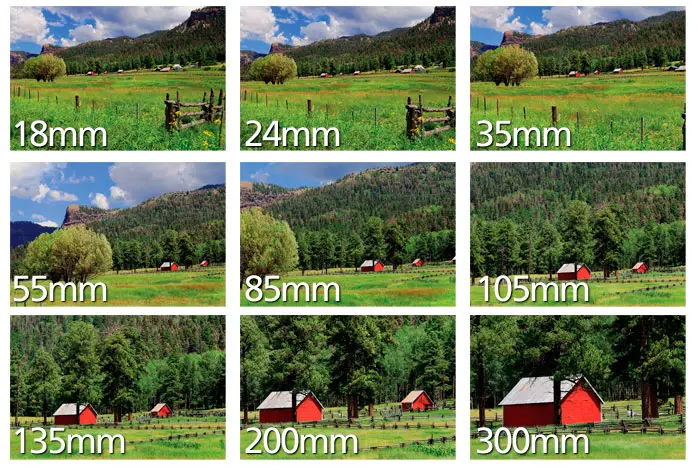
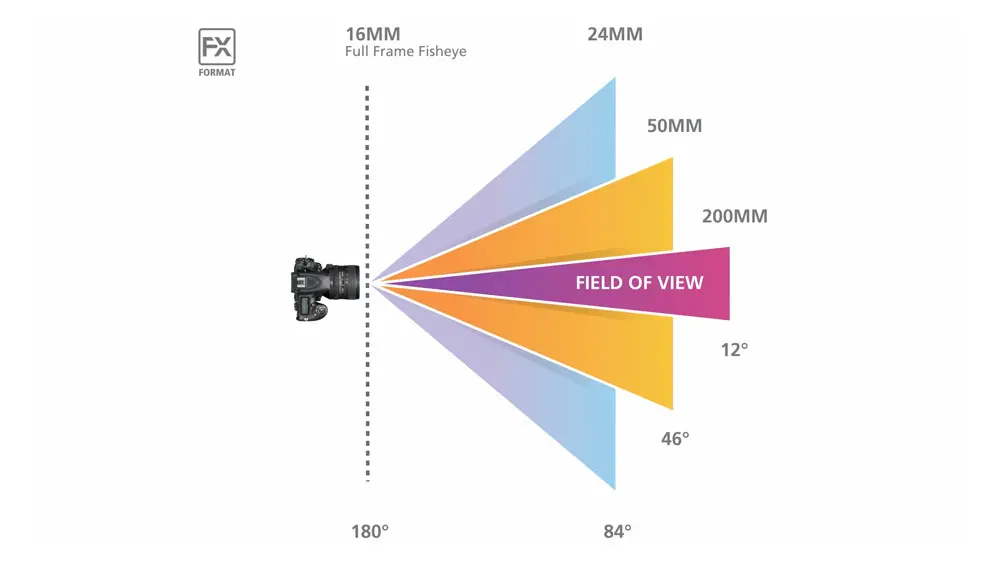
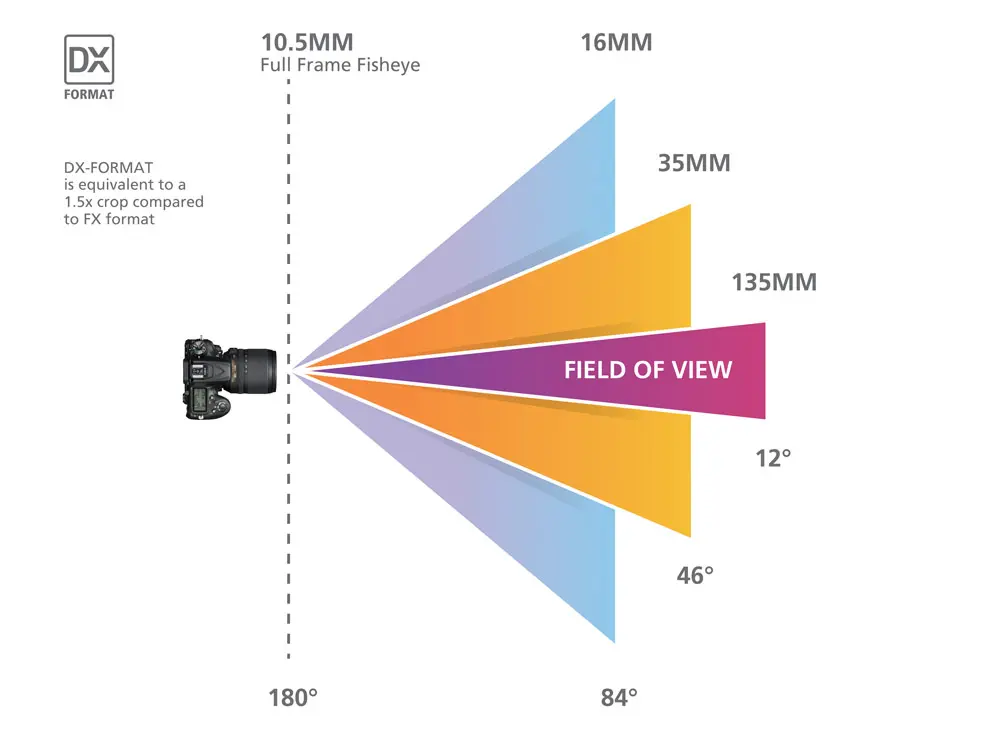
Typically, one finds the focal length in 35 mm by using the same angle of view.
Focal length and angle of view
- A camera lens describes the focal length, which is measured in millimetres (mm). We do not measure the length of the lens.
- Rather, we measure the distance from where light shafts meet to the camera’s detector. When fastening a lens at perpetuity, the shooter determines the focal length. The lens focal length tells us two effects the angle of view and the exaggeration.
- The camera captures what it sees from a certain angle. Exaggeration makes objects appear bigger.
- The longer the focal length, the narrower the angle of view and the more advanced the exaggeration. The shorter the focal length, the wider the angle of view and the lower the exaggeration.
What’s the typical focal length of a mobile phone?
- To capture distant details and textures in dramatic backgrounds, choose a long lens. Examples include 70mm, 135mm, or 200mm lenses. Lenses with wide focal lengths, similar to 16, 24, or 35 mm, work well for landing the whole scene in focus.
- They are great for shooting uncomplicated geographies with long lines. Long lenses make backgrounds look big, while wide-angle lenses make them look small. Longer focal lengths also have a farther distance until they reach perpetuity focus.
- Lenses longer than 70 mm focus on perpetuity after 100 bases. This perpetuity fastening distance means a couple of different effects. When focusing on the background, anything within 100 feet will be blurry. Use zoom lenses to highlight your subject.
- Longer focal lengths are ideal for landing scenes where the subject is the main focus. Wide-angle lenses are also extremely important to geography photography.
- When you have a big view, like a grassy, hilly plain, nothing beats a wide print that captures everything. Clustering lines are two lines that meet in the middle of your print, as the pier shot.
- Leading lines is just an expression people use to describe a line that takes the bystander’s attention around the image. This can be like the ridgeline in the desert image, or it can be gutters or outlines of hilly plains in the evening.
Focal Length and Angle of View
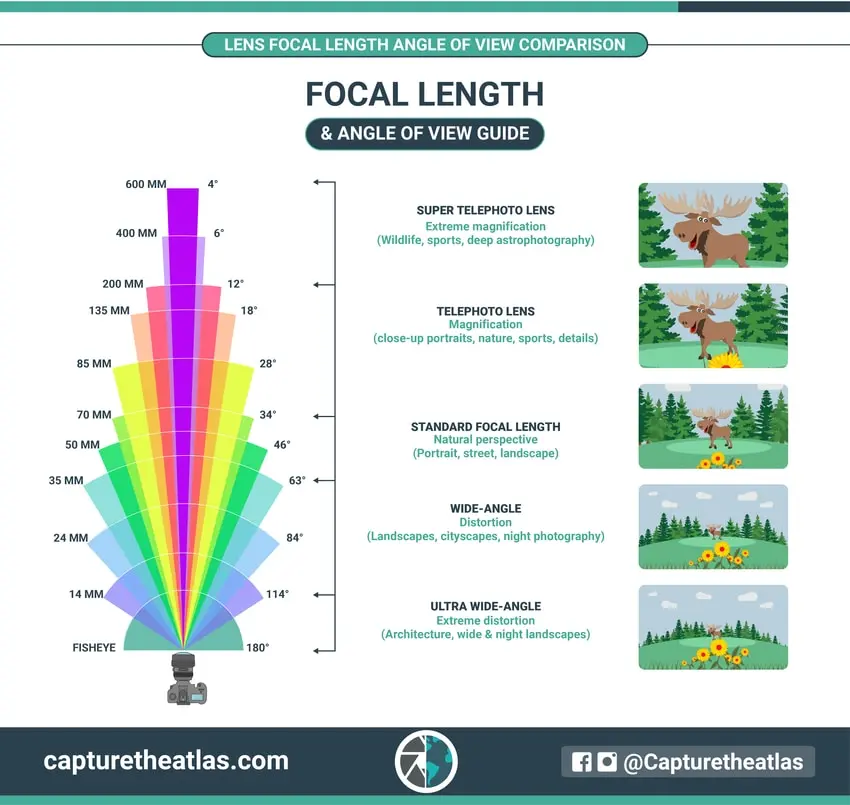
How does attaching an external lens affect a mobile phone camera’s focal length?
- Lens attachments can boost the abilities of cell phone cameras. While cell phone cameras have improved, they still can’t do everything dedicated cameras can.
- The phone’s fixed lens is a major limitation because it cannot zoom and has a fixed focal length. To make your camera have a longer zoom and more drone options, add lens attachments.
- This helps you overcome limitations. Wide-angle lenses let you fit more into the frame by capturing a wider field of view. Blow up lenses can bring distant subjects closer, allowing you to capture small details.
- You can use lens attachments to make your prints look better and zoom in further. Certain lenses reduce deformation and improve sharpness, creating crisper, more accurate images. You can enhance specific features, similar to macro lenses. These lenses allow you to capture close-up film land of bitsy effects.

